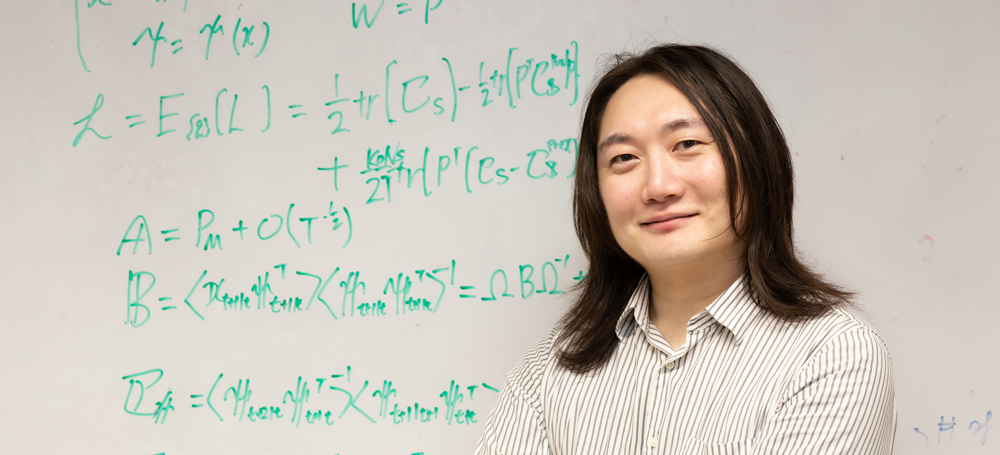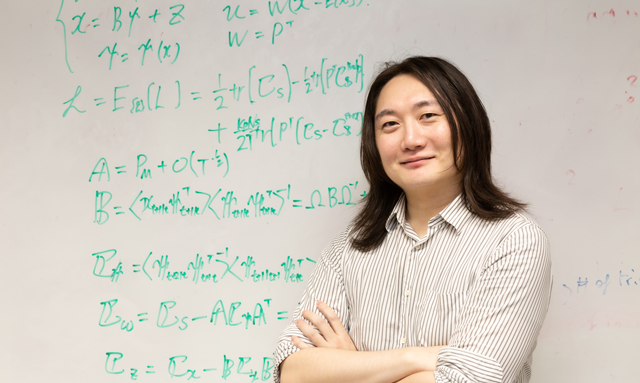The irreplaceable brain
Jun. 10, 2021
Amanda Alvarez


Takuya Isomura loves noodling around with equations on a whiteboard. He is a theoretical scientist who seeks to describe intelligence, whether in machines, people or other living things, using math. And yet, he has great faith that there is something special, even irreplaceable, about the brain that can’t be captured in existing equations. “The most interesting issue is what is really unique to a biological brain relative to artificial intelligence. I hope there is something there that cannot be replicated, even by future machines,” says Isomura. But that presents a problem: according to the current mathematical perspective in theoretical neuroscience and information theory, most of what the brain does can be imitated by machines, at least in principle. Overcoming this contradiction requires re-thinking the methods used to study the theory of intelligence.
Artificial intelligence can clearly equal or even surpass what people can do in some domains, like the games of chess or go. “My childhood dream was creating a biologically inspired AI,” muses Isomura. “But now I wonder what the definition of that even is.” If a human behavior can be boiled down to an algorithm, it means a computer can imitate it, leading to a sad conclusion for Isomura: there is nothing unique to the human brain. This is perhaps a common view among theoretical brain scientists, but not everyone agrees. Nobel laureate Roger Penrose, for example, thinks there are unique things about the brain that can’t be explained by classical physics. If not that, “what part of the brain is quantum activity happening in? The temperature in the brain is high and there is a lot of biological noise. It’s unrealistic that a quantum computing system can exist in such a wet and hot place,” says Isomura. “Nevertheless, it doesn’t rule out that something unexpected is happening in the brain, whether it’s related to quantum mechanics or not.”
To work on such thorny questions, Isomura likes to think deeply without distractions. “It’s important to have time to isolate from the external world and focus on one problem. Good ideas can come accidentally, but I try to intentionally do things to make that happen,” he says. Identifying as an engineer rather than a researcher, Isomura wants to create something beneficial for society, for example AI that can infer the mental states of people. “This could be useful for healthcare robots or smart, automated diagnoses in mental health. Equations are dry and cold, but my work is potentially useful for such things.”
Much of the focus in AI research is using statistical learning to imitate human behaviors. “In the near future, machines might be able to display empathy. Whether this is real or just a superficial imitation is one question, but it doesn’t necessarily mean that a machine thinks like a human,” says Isomura. Rather than rushing to simulate the human brain, Isomura seeks the unique features biological brains have that machines do not. “I feel it is the biological things that are much more difficult to understand than equations,” says Isomura. And with that, it’s back to the whiteboard, where he hopes to reveal the brain’s uniqueness with the stroke of a pen on the blank surface of possibility.



